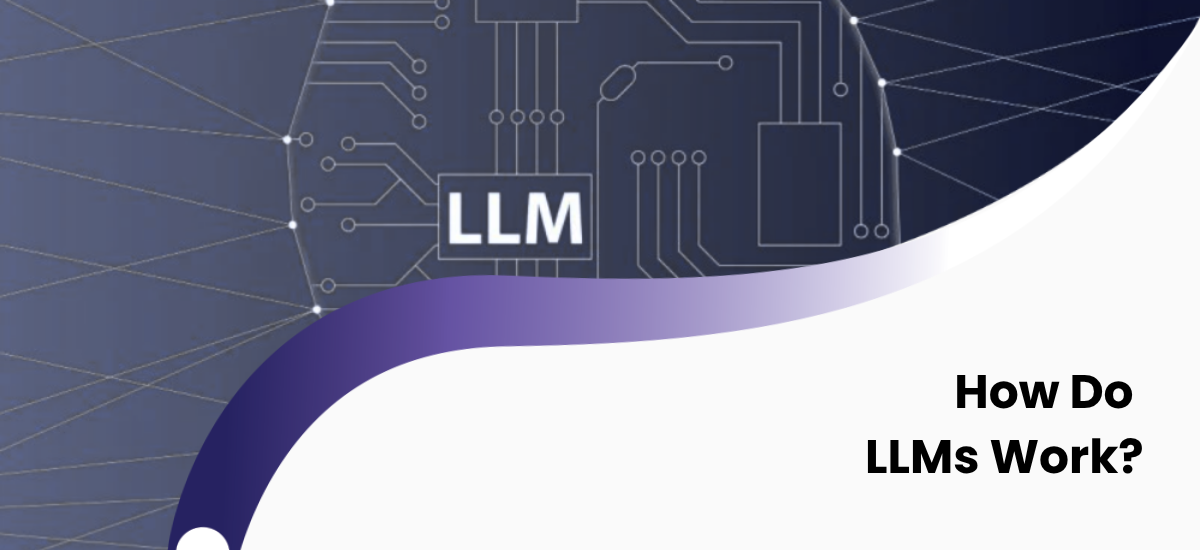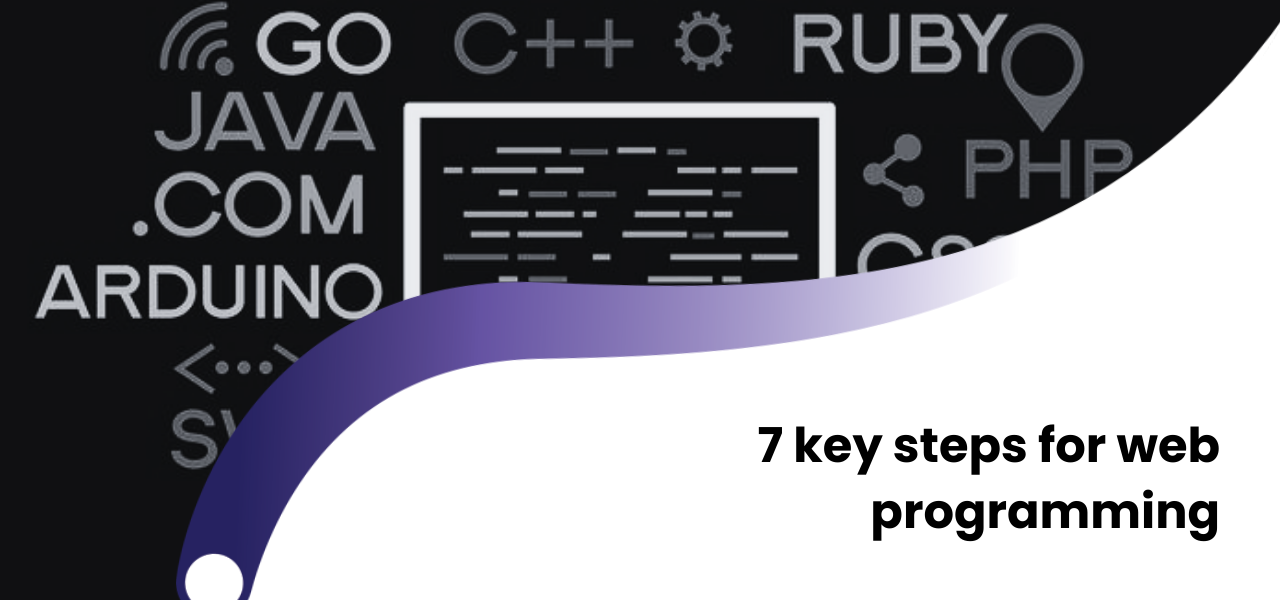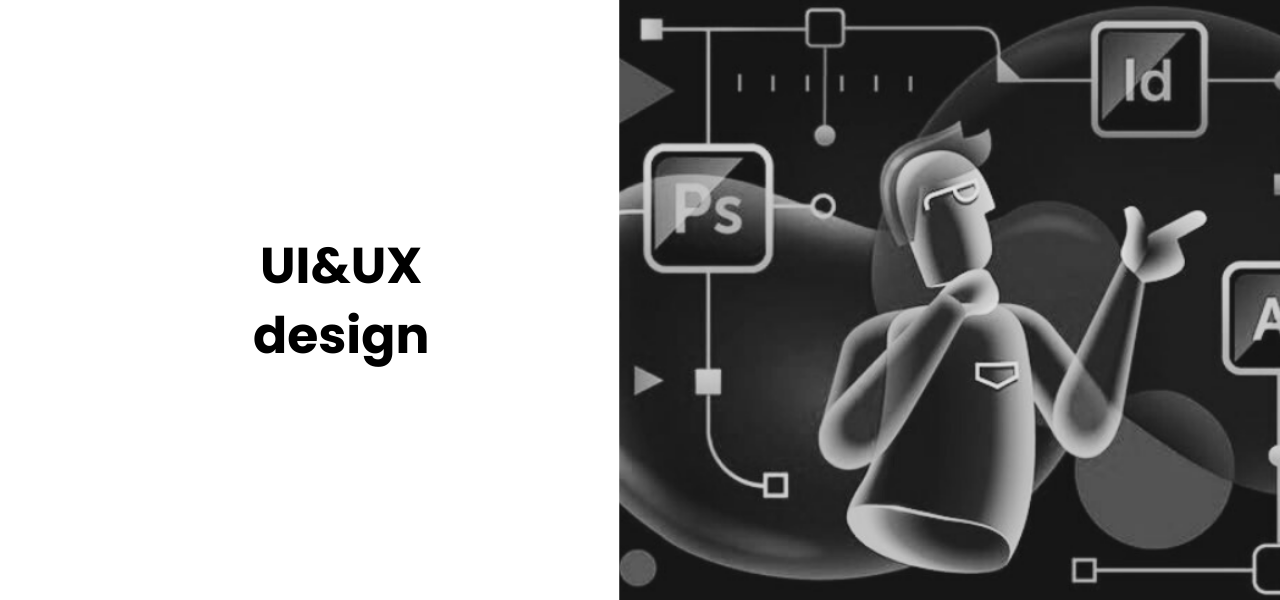Artificial intelligence (AI) is one of the most rapidly evolving fields of modern technology, and Large Language Models (LLMs) — “Large-Scale Language Models” — are at the heart of this revolution. What is an LLM? Simply put, these models are AI systems capable of understanding human language, identifying contextual meaning, and generating accurate responses. Popular tools such as ChatGPT, Gemini, and Claude are built on this very technology. They are no longer limited to text generation — today, they are used in analytics, translation, coding, and customer support across many industries.
In this article, we’ll explain how LLM technology works, the essence of transformer models, the training stages, and how this technology is being applied in the Azerbaijani market — all in a clear and easy-to-understand format.
How Do LLMs Work: How Does Artificial Intelligence “Think”?
LLMs are based on the principles of machine learning. They are trained on massive text datasets — such as books, articles, and online sources — to learn grammar, semantics, and contextual relationships between words. For example, if you ask “What is a software company?”, the model predicts the most likely and contextually accurate answer based on its prior training data. This process relies on statistical probabilities — meaning the model determines which words or sentences are most appropriate to appear next.
As a result, AI may appear to “think” like a human — though sometimes it can produce inaccuracies, known as “hallucinations”. This is a natural limitation of current AI models that researchers continue to improve.
Transformer Models: The “Brain” of LLMs
The foundation of LLMs lies in the transformer architecture. Introduced by Google in 2017, this innovation revolutionized the field of AI. The key difference of transformers is the attention mechanism — a process that helps the model understand the relationships between words within a sentence. For example, in the sentence “He went to the library,” the model learns to connect “He” with “library.”
This structure allows LLMs to process long texts efficiently and in parallel. Thanks to this, models like ChatGPT and GPT-5 can deliver responses that are not only faster but also more accurate and context-aware.
LLM Training Process: The Secret of Billions of Parameters
Training an LLM is one of the most complex and resource-intensive stages in AI development. These models contain billions of parameters — for instance, GPT-4 is estimated to have around 1.7 trillion parameters. These parameters serve as mathematical variables that store knowledge within the model.
The training process consists of two major phases:
1. Pre-training: Learning general language patterns and structures from large-scale data sources.
2. Fine-tuning: Adapting the model to specific tasks or use cases through targeted optimization.
This process requires powerful GPU servers and weeks of continuous training. In recent years, progress has been made toward developing local LLMs that better understand the Azerbaijani language and cultural context.
Practical Applications: From ChatGPT to GPT-5
Today, LLMs are already being used in various real-world applications:
- Question-answer systems: “Provide detailed information about the history of Azerbaijan.”
- Translation: Automatic translation between English and Azerbaijani languages.
- Code generation: Writing programs in Python and other programming languages.
The upcoming GPT-5 models will introduce new capabilities such as real-time data analysis, voice-based interfaces, and more advanced problem-solving. This marks a major step forward for business, education, healthcare, and public services.
AI and LLM Opportunities in Azerbaijan
The Azerbaijani market holds tremendous potential for AI technologies. For example:
- Developing Azerbaijani-language chatbots for banks and e-commerce platforms.
- Implementing personalized learning systems in the education sector.
- Using AI for medical document analysis and translation in healthcare.
- Providing real-time translation and voice-guided services in tourism.
These innovations can bring new energy to local startups, digital services, and the overall economy — strengthening Azerbaijan’s role in the global tech landscape.
Stepping into the Future with AI and LLM
Large Language Models represent one of the greatest achievements in natural language processing. Through transformer architecture and the attention mechanism, AI has gained the ability to understand and generate human-like text. For Azerbaijan, this technology means automation in business, personalization in education, and efficiency in healthcare.
Future models like GPT-5 will expand these opportunities even further. Understanding how these technologies work and learning how to use them effectively will soon become one of the most valuable skills of the digital era.
Frequently Asked Questions (FAQ)
What is an LLM and how does it work?
Large Language Models (LLMs) are AI systems trained on large datasets of text to perform natural language processing tasks such as writing, summarization, and reasoning.
What are transformer models?
Transformer models are AI architectures that use the attention mechanism to analyze relationships between words and understand language in context.
What tasks can LLMs perform?
Question answering, translation, code generation, content creation, and analytical reporting.
What’s the difference between ChatGPT and GPT-5?
ChatGPT is the current generation of LLMs, while GPT-5 is a more advanced, multilingual, and context-aware model designed for complex data and real-time interaction.
How can LLMs be applied in Azerbaijan?
Through AI-powered chatbots in business, personalized learning systems in education, automated translation in healthcare, and interactive guide systems in tourism.
 +994512060920
+994512060920





